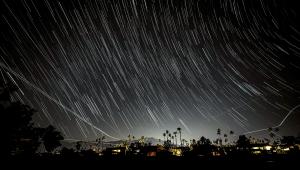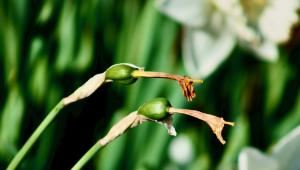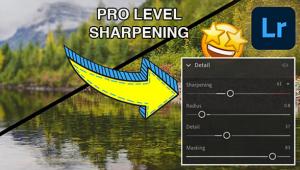Hoya HD Circular Polarizers; Still A Prime Filter In The Digital Age Page 2
Practical Tips
The polarizing filter itself consists of two parts, with the outer element rotating to increase or decrease the effect. Given that, I’ve found it impractical to keep even a petal-shaped lens hood attached. Thankfully, the light transmission characteristics of the Hoya HD Circular Polarizer are such that a lens shade should not be necessary in most circumstances.
Further, stacking filters may reduce image quality (even with the best filters, such as the Hoya HD series) or this action may cause vignetting. If you must stack filters, use two at most and keep the polarizer as the outermost filter.
Finally, if your front lens element rotates as you zoom or focus, set the polarization angle on the filter after zooming or focusing, but before locking in the exposure.
 |
|
 |
|
|
The Advantages Of Hoya HD Filters
Each of these new filters bears the designation “HD,” for High-Durability. They employ hardened glass with four times the ANSI standard to resist breakage. What’s more, each filter sports an eight-layer waterproof multi-coating that is scratch- and stain-resistant. For those of you who tend to get fingerprints on optics, no worry. Fingerprints and other oils are easier to remove here than on other filters. Of special importance in the case of the circular polarizers, they allow 25 percent more image-forming light to enter, while the special multi-coating helps prevent flare, or non-image-forming light. In fact, I found that instead of losing two or more stops of light, as happens when using a typical polarizer, I lost only about 11⁄3 stops with the Hoya HD Circular Polarizer. And finally, in contrast to many other filters with their thick mounts, notably polarizers, the mount on the Hoya HD filters is ultra-thin. That means you don’t have to worry about vignetting when using wide angle lenses.
 |
 |
|
|
||
In addition to a circular polarizer, other filters in the Hoya HD line-up include two very practical choices: UV and Protector. They, as well as the Hoya HD Circular Polarizer, come in handy when shooting in a snowfall or out in the rain, situations where I constantly worry about these various elements landing on my lens. Even a lens shade is no absolute guarantee, and given that the water is likely to contain chemicals that can eat into the coatings on the lens surface, it helps to protect the lens with a filter—especially one that is chemically resistant and that won’t result in any image deterioration, namely a Hoya HD filter. The UV filter of course has added value in reducing aerial haze, especially in distant scenes, over water, and at high altitudes.
For more information on Hoya HD filters, visit www.thkphoto.com.
- Log in or register to post comments

































